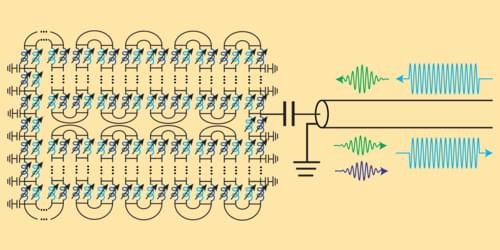Two new theories propose dark matter either formed in a “mirror” universe or emerged from the cosmic horizon’s quantum radiation during the early universe.
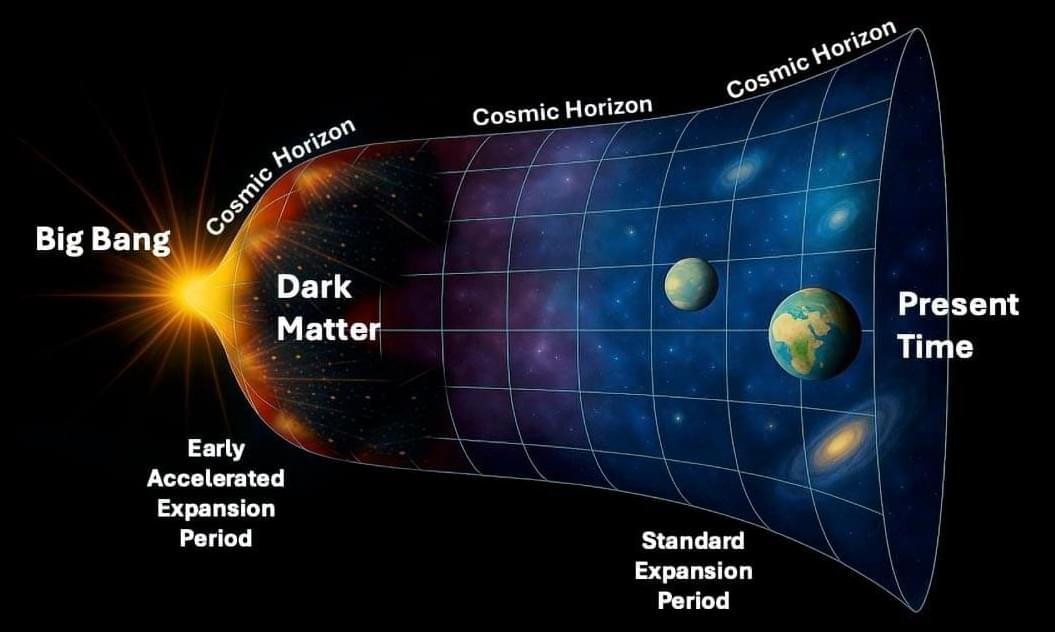

Renowned Caltech physicist John Preskill joins Brian Greene for an in-depth discussion of quantum mechanics, focusing on where we are and where we’re headed with quantum computing.
This program is part of the Big Ideas series, supported by the John Templeton Foundation.
Participant: John Preskill.
Moderator: Brian Greene.
0:00:00 — Introduction.
0:01:33 — Are There Still Quantum Mysteries?
0:03:32 — Three Pillars of Quantum Mechanics.
0:05:25 — Einstein and Quantum Entanglement.
0:14:51 — Quantum Weirdness and Relativity.
0:17:46 — The Measurement Problem.
0:28:29 — Intro to Quantum Computing.
0:40:28 — Why Preskill Switched Fields.
1:00:51 — What is Quantum Error Correction?
1:15:30 — Quantum Supremacy.
1:23:07 — Can Quantum Systems Impact Society?
1:27:19 — The Black Hole Diary Thought Experiment.
1:31:14 — The Black Hole Bet with Stephen Hawking.
1:38:44 — What We Still Don’t Understand About Black Holes.
1:41:03 — From Baseball Cards to Quantum Physics.
1:45:12 — Credits.
VISIT our Website: http://www.worldsciencefestival.com.
FOLLOW us on Social Media:
Facebook: / worldsciencefestival.
Twitter: / worldscifest.
Instagram: / worldscifest.
TikTok: / worldscifest.
LinkedIn: / world-science-festival.
#worldsciencefestival #briangreene #cosmology #astrophysics
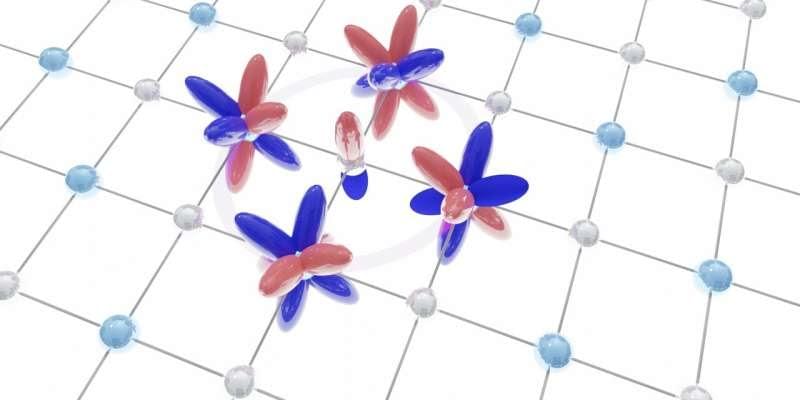
In a striking demonstration of how chemical bonding can engineer exotic physics, researchers at Columbia University have discovered that quantum frustration —a key ingredient for superconductivity and other correlated quantum phases—can be induced not just by geometry, but directly through chemistry. The new material, Pd5AlI2, showcases this unusual electron behavior in a two-dimensional crystal structure with orbital configurations that mimic flat-band lattice geometries.
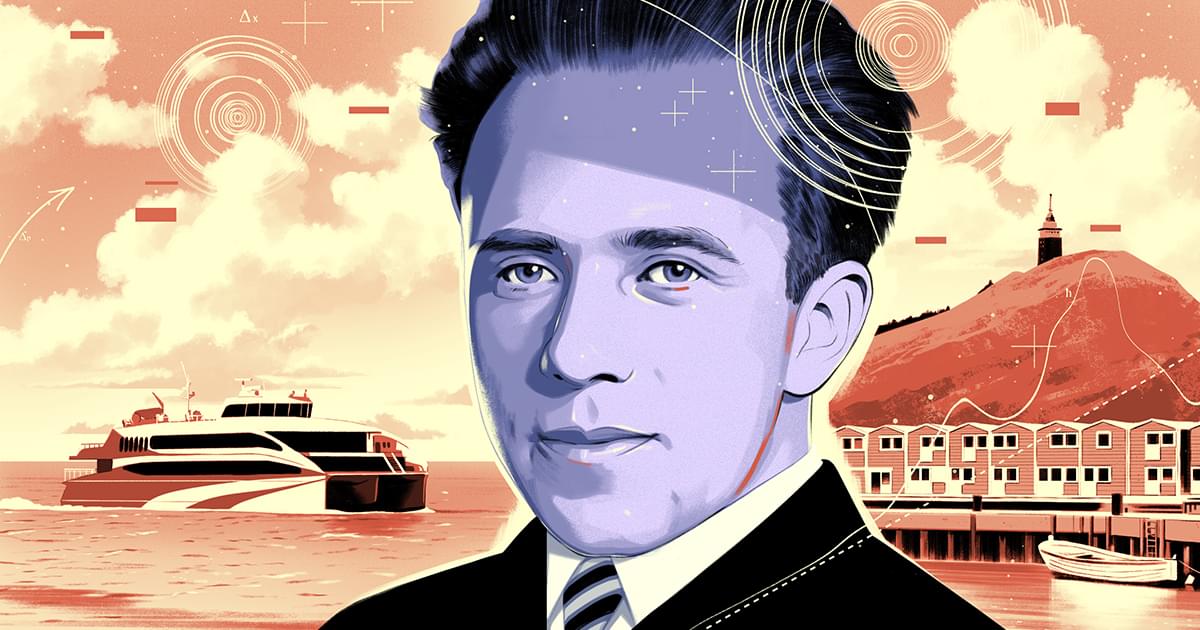
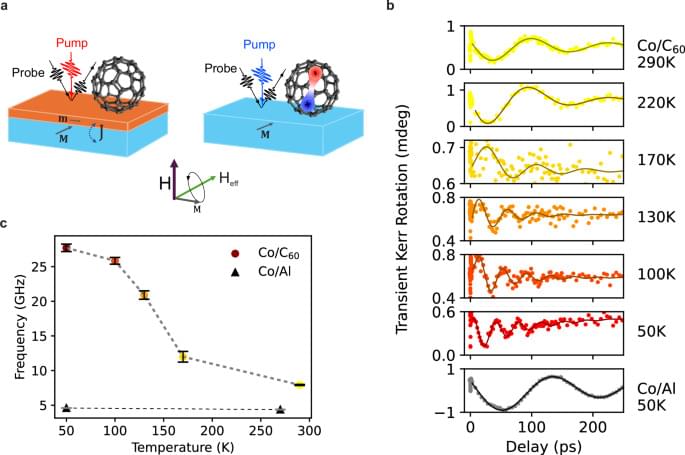
Advancing quantum information and communication technology requires smaller and faster components with actively controllable functionalities. This work presents an all-optical strategy for dynamically modulating magnetic properties via proximity effects controlled by light. We demonstrate this concept using hybrid nanoscale systems composed of C₆₀ molecules proximitized to a cobalt metallic ferromagnetic surface, where proximity interactions are particularly strong. Our findings show that by inducing excitons in the C60 molecules with resonant ultrashort light pulses, we can significantly modify the interaction at the Cobalt/C60 interface, leading to a remarkable 60% transient shift in the frequency of the Co dipolar ferromagnetic resonance mode. This effect, detected via a specifically designed time-resolved Magneto-Optical Kerr Effect (tr-MOKE) experiment, persists on a timescale of hundreds of picoseconds. Since this frequency shift directly correlates with a transient change in the anisotropy field—an essential parameter for technological applications—our findings establish a new material platform for ultrafast optical control of magnetism at the nanoscale.
Proximity effects in molecule/metal heterostructures offer a promising route to control magnetic properties. Here, the authors report a light-controlled proximity effect at a Co/C₆₀ interface, where laser-induced excitons in C₆₀ alter interfacial interactions, leading to a 60% quenching of the ferromagnetic resonance frequency of Co.
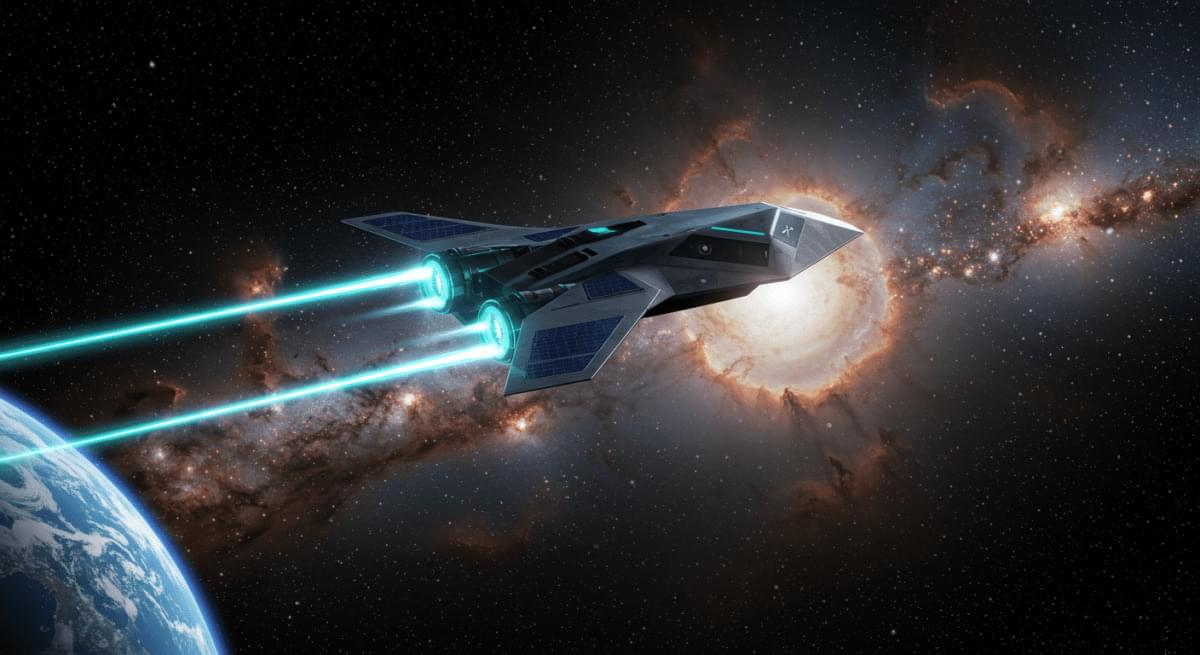
Imagine a drone that glides through the air without the familiar buzz of propellers or the hum of motors, a machine so quiet and still that it seems to defy the very principles of flight. This is no longer a vision confined to science fiction. A French startup, Photonaire, based in the vibrant city of Lyon, has brought this concept to life with a drone that flies using nothing but light.
By tapping into the power of concentrated laser beams, this groundbreaking invention generates thrust through a phenomenon known as “optical lift,” offering a glimpse into a future where aerial and space technology could be transformed. Photonaire’s creation weighs a mere 90 grams, a featherweight by any standard, yet it carries the weight of innovation on its delicate frame.
Unlike traditional drones that rely on mechanical components to lift off and manoeuvre, this device uses high-powered lasers reflected off ultra-thin metamaterials—materials engineered with precision to harness light in ways that conventional substances cannot. Drawing inspiration from solar sail technology, which uses sunlight to propel spacecraft, and the subtle forces of quantum pressure, the drone hovers and adjusts its path by altering the angle of these reflective surfaces in real time.

Most of us find it difficult to grasp the quantum world. According to Heisenberg’s uncertainty principle, it’s like observing a dance without being able to see simultaneously exactly where someone is dancing and how fast they’re moving—you always must choose to focus on one.
And yet, this quantum dance is far from chaotic; the dancers follow a strict choreography. In molecules, this strange behavior has another consequence: Even if a molecule should be completely frozen at absolute zero, it never truly comes to rest. The atoms it is made of perform a constant, never-ending quiet dance driven by so-called zero-point energy.
The ability to detect single photons (the smallest energy packets constituting electromagnetic radiation) in the infrared range has become a pressing need across numerous fields, from medical imaging and astrophysics to emerging quantum technologies. In observational astronomy, for example, the light from distant celestial objects can be extremely faint and require exceptional sensitivity in the mid-infrared.
Similarly, in free-space quantum communication—where single photons need to travel across vast distances—operating in the mid-infrared can provide key advantages in signal clarity.
The widespread use of single-photon detectors in this range is limited by the need for large, costly, and energy-intensive cryogenic systems to keep the temperature below 1 Kelvin. This also hinders the integration of the resulting detectors into modern photonic circuits, the backbone of today’s information technologies.
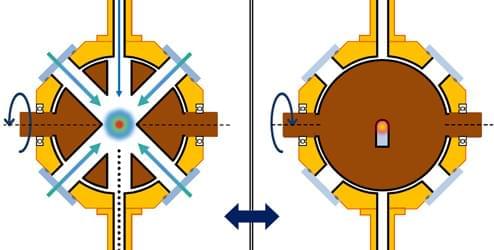
A new experimental design eliminates the top source of clock uncertainty.
Optical lattice clocks (OLCs) are among the world’s best atomic clocks. Their largest source of uncertainty results from the ubiquitous blackbody radiation (BBR). Now Youssef Hassan of the National Institute of Standards and Technology in Colorado and his colleagues have demonstrated a cryogenic OLC with a radiation shield that virtually eliminates BBR-associated uncertainty [1]. The researchers expect this OLC design to allow major improvements in clock accuracy.
In an OLC, hundreds to tens of thousands of atoms are lined up in a 1D lattice formed by a laser beam. A second (clock) beam, whose frequency can be tuned, then excites the atoms to a specific quantum state. The clock-beam frequency that maximizes the number of atoms making the transition defines the “ticking rate” of the OLC. BBR perturbs the atoms’ quantum states and decreases the OLC’s accuracy.
